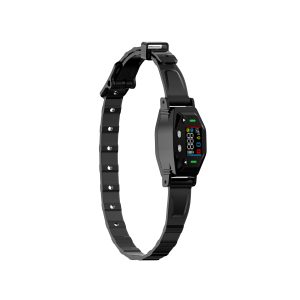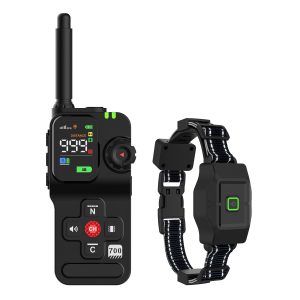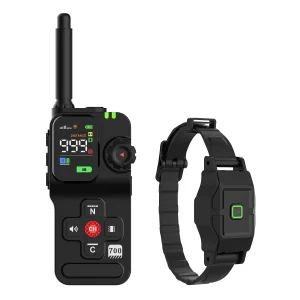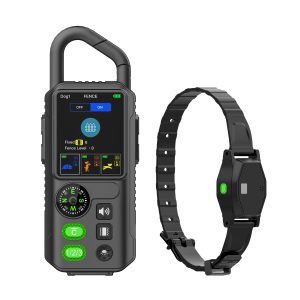Factors Affecting the Performance of Wireless Dog Fences
Wireless dog fences have become a popular choice for pet owners looking to keep their furry friends safe within a designated area. However, despite their convenience, there are several factors that can interfere with the proper functioning of these systems. Understanding these potential interferences is crucial to ensure the effectiveness of your wireless dog fence.
1. Environmental Factors:
One common cause of interference with wireless dog fences is environmental factors. Thick foliage, extreme weather conditions, and uneven terrain can disrupt the signal emitted by the fence, leading to inconsistencies in the boundary zone. To combat this, it’s essential to choose a suitable location for your wireless fence where these environmental factors are minimized.
2. Metal and Electronic Devices:
Another significant interference source is metal objects and electronic devices. Metal structures like sheds, cars, or even household appliances can block or distort the signal, creating gaps in the perimeter. Additionally, electronic devices such as Wi-Fi routers and Bluetooth gadgets operating on similar frequencies can disrupt the wireless fence signal.
3. Signal Disturbances:
Signal disturbances from neighboring wireless dog fences or other wireless systems can also impact the performance of your pet containment system. When multiple signals overlap, they can create confusion for your dog and lead to boundary breaches. To avoid this, consider adjusting the frequency settings of your wireless fence to minimize interference.
4. Power Outages and Battery Issues:
Power outages or low battery levels in the transmitter or receiver collars can render your wireless dog fence non-functional. It’s essential to regularly check and replace batteries as needed to ensure uninterrupted operation. Additionally, consider investing in a backup power source to prevent system failures during power disruptions.
5. Improper Installation:
Improper installation of the wireless dog fence components can also cause interference and performance issues. Inaccurate boundary measurements, inadequate signal testing, or incorrect placement of the transmitter can compromise the effectiveness of the system. Following the manufacturer’s installation instructions diligently can help prevent these issues.
6. Interference from Wildlife:
Wildlife, such as squirrels, birds, or other animals, can inadvertently interfere with the signal transmission of your wireless dog fence. Their movements near the boundary zone may trigger false alarms or disrupt the communication between the transmitter and the receiver collar. Regularly inspect the area around your fence to remove any potential wildlife disturbances.
By addressing these common sources of interference, you can maximize the performance and reliability of your wireless dog fence, providing your pet with a safe and secure boundary to roam within. Stay vigilant and proactive in troubleshooting any issues that may arise to ensure optimal containment for your furry companion.




